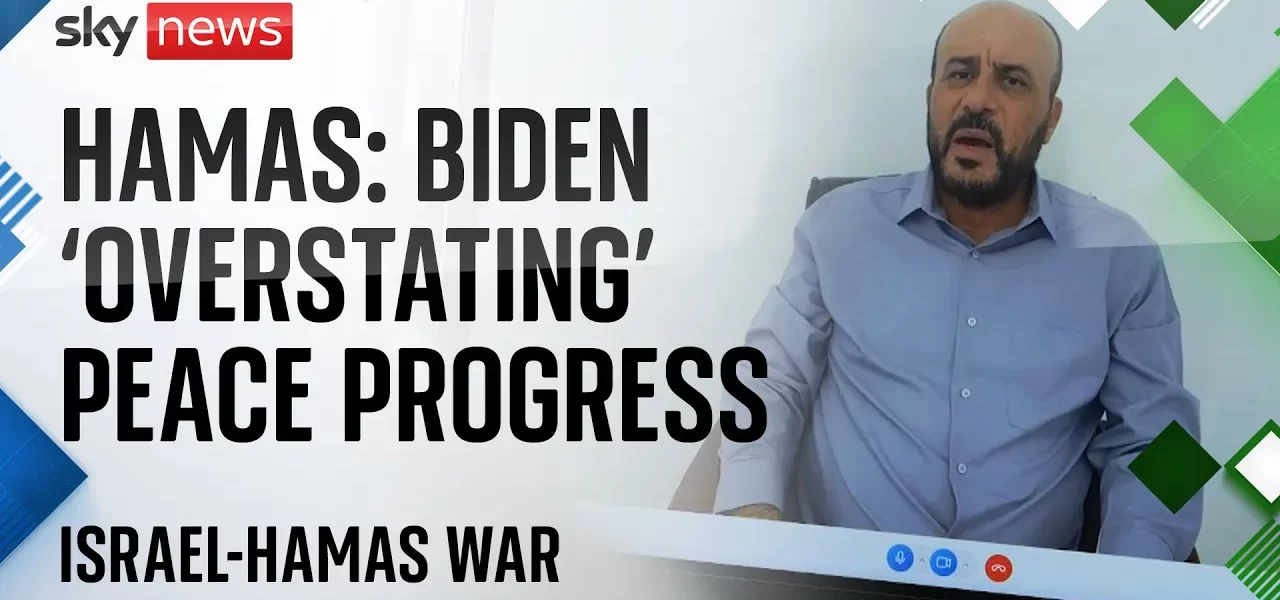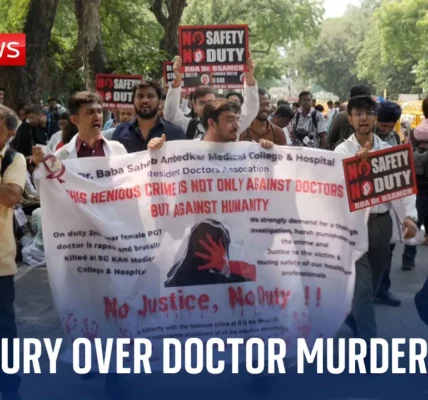Another Family in Gaza Obliterated by an Israeli Air Strike

This article delves into the recent tragic air strikes in Gaza that have claimed the lives of innocent civilians, including children and women. It explores the broader implications of these actions amidst ongoing conflict, the humanitarian crisis, and the complexities of ceasefire negotiations.
Introduction
The recent escalation of violence in Gaza has led to horrific consequences for families caught in the crossfire. Nearly 20 members of one family were killed in an Israeli air strike, including eight children and four women. This incident highlights the ongoing plight of civilians who believed they were in safe zones, only to find themselves victims of military operations targeting alleged Hamas fighters. Palestinian doctors have raised concerns about the high number of child casualties, reflecting the tragic reality of warfare where the innocent pay the highest price.
Details of the Air Strike
The air strike that devastated a family in Gaza is emblematic of the broader humanitarian crisis in the region. The Israeli military had issued evacuation orders for the area, leading to widespread panic among residents. As the situation unfolded, the so-called safe zones in Gaza have dwindled, with reports indicating that they now represent only 11% of the territory. This alarming statistic raises critical questions about the safety and security of civilians amidst ongoing military operations.
Casualties and Civilian Impact
The impact of the air strike was catastrophic. The loss of nearly 20 family members, including young children, underscores the urgency of addressing civilian safety in conflict zones. The psychological and emotional toll on survivors cannot be overstated, as families are left to navigate their grief in a landscape marked by violence and loss.
Evacuation Orders and Civilian Response
Evacuation orders from the Israeli military sparked mass fear and confusion among civilians. Many were left with difficult choices, as the notion of a safe zone proved to be an illusion. The experience of panic and dislocation further exacerbated the trauma faced by families in Gaza.
Regional Implications: The Situation in Lebanon
In Southern Lebanon, the situation mirrored the devastation witnessed in Gaza. An Israeli strike targeted an apartment complex, claiming the lives of ten individuals, including a young Syrian family with toddlers. The Israeli government justified this strike by claiming the adjacent warehouse was linked to Hezbollah’s munitions supply. However, local business owners contest this narrative, asserting that their operations are solely focused on construction materials.
Reactions from Local Communities
Local residents expressed their fears and frustrations as Israeli jets flew overhead, creating an atmosphere of tension and uncertainty. The ongoing military actions have left communities feeling vulnerable and unsafe.
Propaganda and Perception
In response to the strikes, Hezbollah released a propaganda video showcasing their military capabilities, vowing retaliation against Israel. This development raises concerns about the potential for a broader conflict as tensions escalate in the region.
International Responses and Ceasefire Efforts
As the conflict continues to unfold, world leaders have called for restraint and the possibility of a ceasefire. However, negotiations have been fraught with challenges. The Israeli government has maintained that Hamas is the primary obstacle to peace talks, complicating the diplomatic landscape.
Challenges in Ceasefire Negotiations
The ongoing conflict has seen over 40,000 casualties in Gaza alone, prompting urgent calls for a pause in hostilities. Yet, the complexities of the situation have made it difficult to reach a consensus on terms for a ceasefire. Both sides remain entrenched in their positions, with each accusing the other of intransigence.
Future Implications for the Region
The Israeli foreign minister’s comments regarding military action against Iranian and Hezbollah threats signal a potential escalation in the conflict. As negotiations resume, the stakes are high, with the risk of further violence looming over the region.
Conclusion
The recent air strikes in Gaza and Lebanon have left a trail of devastation, particularly among civilian populations. The loss of life, especially among children, highlights the urgent need for humanitarian intervention and a reassessment of military strategies. As the world watches, the call for a permanent ceasefire grows louder, with the hope that a resolution can be found that prioritizes the safety and well-being of all affected communities. It is crucial for international leaders to engage meaningfully in negotiations to prevent further loss of innocent lives and to facilitate long-term peace in the region.
For further information on the ongoing conflict and its implications, consider exploring our related articles on Middle Eastern conflicts and humanitarian crises.
“`




